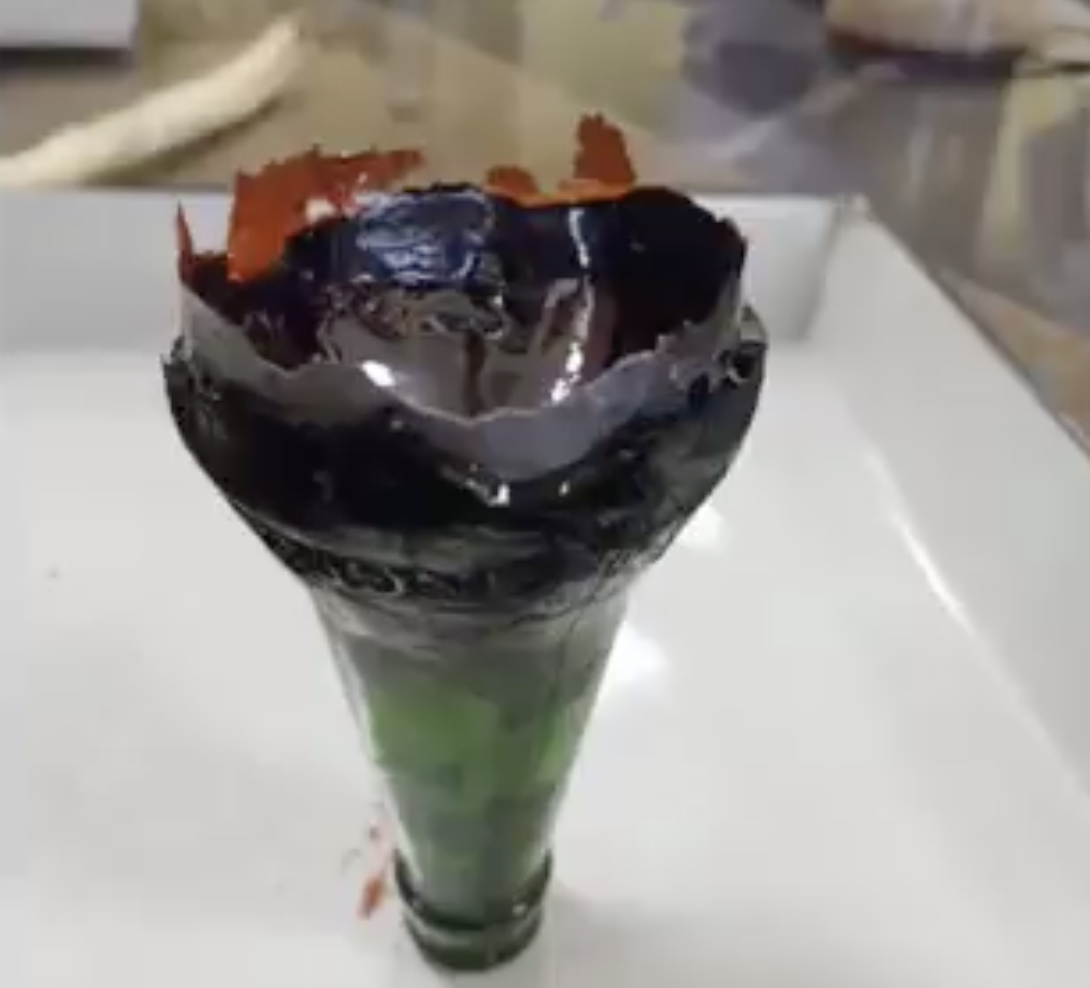
20 April 2023
Prof. Govind Sahay Shukla- National President VAP

Ayu Yauvan Labhartham : Importance of Rasaushadhis
Eternal youth and long life are desires of humanity since ages. Acharya Charka also established its importance by placing prana-eshana before dharma-eshanaa and parlok eshanaa calling this body a tool or a medium to reach ultimate spiritual path, as acharya Charaka referred ‘dharmarthkaammokshanam arogyamoolamuttamam’. The concept of ayurveda revolves around Ayu and various methods and instructions to preserve the same. One of the many teachings of acharyas for preservation of Ayu, rasayana and vajikarana are the most commonly practiced and is especially curated to elongate ayu (functional life-span) and to delay the process of aging. This body is the most precious possession we have that is why charaka emphasized on taking care of this body saying “sarvam anyam paritajjyeta shareeram anupalyet”.
Rasa shastra flourished around 7th century and basically deals with various sorts of metals and minerals, variety of medicinal formulations that are prepared by extensive processing of ingredients. The purpose of rasa shastra is both deha vada and loha vada. Deha vada is a sub-discipline concerning transformation of body to healthy state, free from any disorders whereas lauha vada is transforming lower metals into higher metals like gold or silver.
There is a whole bunch of preparations described under the umbrella of rasayana in rasa shastra and numerous formulations are indicated for specific disorders but they principally function as rasayana and benefit the overall health, active ingredient of such preparations involve components that exhibit rasayana properties. The concept of rasayana and vajikarana is also intended to provide ayu and yauvan. In rasa shastra formulations are classified into four categories i.e., kharaliya rasayana, kupipakwa rasayana, parpati rasayana and pottali rasayana, the postfix ‘rasayana’ indicates that rasa-aushadhis cure the disease along with rasayana actions. In rasa shastra Parthiv dravyas are used primarily to prepare medicines, these Parthiv dravas (minerals) in their raw form are nirendriya but they attain sendriyatva after going through different samskaras. Acharya sharangdhar opines that in every decade of life bala, vridhhi, chhavi, medha, twaka, drishti, shukra, vikram, buddhi, karmendriya weaken naturally as aging is an inevitable natural phenomenon. Rasaushadhis possessing properties of rasayana have the potency to decelerate the degeneration process so one should consume rasaushadhis in order to get ayu-yauvan labh.
Ayu-yauvan labharth Rasaushadhi
Mercury is said to be the most potent element in rasa shastra when processed properly. It alleviates all three doshas, prevents diseases and old age, nurture all vital organs. It is vrishya (aphrodiasic), balya (tonic), snigdha (unctuous), vrana shodhana and ropana (wound healing and clearing properties), krimighna and yogavahi in nature (when pounded with other elements or specific herbs it dramatically increases overall potency or effectiveness of preparation.
There are lots of minerals and metals that display rasayana properties apart from mercury such as Swarna, Rajat, Swarna-makshika, Shilajatu, Gandhaka etc.
Contemporary approach on ayu-yauvan labhatwa from rasaushadhis
Ageing is a physiological process that is inescapable. It is regarded as a swabhava in Ayurveda. The causes of ageing are hot topic in contemporary science. Numerous hypotheses and observations have been made, including the free radical theory, immunological theory, stress theory, and genetic theory of ageing, among others. However, it is still unclear whether ageing is the result of a single cause or a complex process. DNA damage is a commonly recognized fact of ageing, although it is yet unknown how rasayana inhibits DNA damage. However, the majority of the enzymatic oxidative stress-related damage is avoided by rasayana's anti-oxidant activity. Ayurvedic medications are currently being studied to determine their antioxidant potential. It's noteworthy to mention that sometimes the bhasmas react quite differently from the original element. Metal ions, such as Fe2+/Fe3+ and Cu+/Cu2+ are alleged to act as catalysts for free radical reactions, whereas bhasmas prepared from these metals are seen to act in an opposite manner.
Mineral pitch, also known as shilajatu, is a herbo-mineral blend with several advantageous medicinal qualities. Since many years ago, all ayurveda experts have employed it widely in all chronic, crippling illnesses. It contains a variety of abundant, bioactive compounds (nutrients, iron, manganese, phenols, etc.) that functions as potent adaptogens in the ageing phenomenon. In the same way, Tamra bhasma increases the antioxidant activity in rats when administered in lesser dosage. It prevents lipid peroxidation (LPO) and increases glutathione's initial value (GSH).
In both global and focal models of ischaemia, swarna bhasma preparations, which are utilized in Indian medicine, exhibit strong antioxidant and restorative benefits. Ayurvedic Swarna Bhasma (25 mg/kg, orally for 10 days) significantly improved the altered values of several enzymes (lipid peroxidase, reduced glutathione, catalase, glutathione reductase, glutathione peroxidase, superoxide dismutase, and glucose-6-phosphate dehydrogenase) to levels that were close to normal, suggesting its potential. It also protects aerial oxidation of GSH at low dosage (5 mg/kg body weight or below).
Superoxide dismutase and catalase activity that lower levels of free radicals in the body, were considerably boosted in swarna bhasma-treated mice in an experimental animal model.
Conclusion
Rasaushadhis may enhance metabolic function, resulting in the finest potential biotransformation and high calibre bodily tissues. By maintaining the necessary balance between anabolic and catabolic processes, it revitalizes the organism as a whole. This may cover all of the procedures from a healthy appetite to proper digestion and food absorption to assimilation and absorption of nutrients at the cellular level.
Numerous references of Rasa and Rasushadhies can be found in classical texts, proving their importance in promoting not just life span or ayu, but also decent quality of life (yauvana). The soul of ayurvedic medicine is rasaaushadhi, which primarily serve the rasayana function. Undoubtedly, Rasaushadhies provide samadosha avastha, samagni (good digestive fire), samatva of dhatus (good quality and required proportion of tissues), samatva of mala (required proportion of waste products) and their physiological actions. All of the dravyas previously stated control metabolism, offer mental or physical stamina, boost immunity, enhance functioning of vital organs, and eventually help the body reach its ayuyauvan labha goal.
Share on :